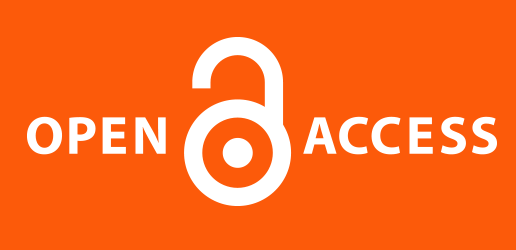Abstract
In 1983, a massive famine struck Ethiopia. Bred by a complex array of factors, thousands of men, women, and children experienced the painful effects of this humanitarian disaster as bodies weakened and widespread death took place. Throughout the famine, an unlikely partnership took place between the Communist leader Chairman Mengistu Haile Mariam and the staunchly anti-Communist White House.[1] The partnership allowed each nation to pursue strategic foreign policy goals; the United States sought to undermine the socialist PMGSE through humanitarian aid while Mengistu attempted to salvage his government’s international reputation. Soon, global attention swirled around the issue and unlikely actors urged a solution. Private individuals, for example, led massive fundraising efforts like the dual-venue Live Aid concert that took place in London and Philadelphia. Each effort to solve the humanitarian crisis by governments, IGOs, NGOs, media, and domestic activist groups was accompanied by a distinct vision of what the future of Ethiopia, the United States, and the relationship between the two would look like once the famine ended. This paper will explore these competing visions by looking at the ways in which representations of children were used throughout the famine. Specifically, this paper argues that these representations, framed by the urgency of disaster, created an opening for a specific neo-liberal vision of the future world to take root through emergency relief operations.
DOI
https://doi.org/10.13023/disclosure.24.08
Creative Commons License

This work is licensed under a Creative Commons Attribution-Noncommercial 4.0 License
Recommended Citation
sharpe, bethany
(2015)
"The Next Time The World is Going Downhill: America and the 1983 Ethiopian Famine,"
disClosure: A Journal of Social Theory: Vol. 24, Article 8.
DOI: https://doi.org/10.13023/disclosure.24.08
Available at:
https://uknowledge.uky.edu/disclosure/vol24/iss1/8

